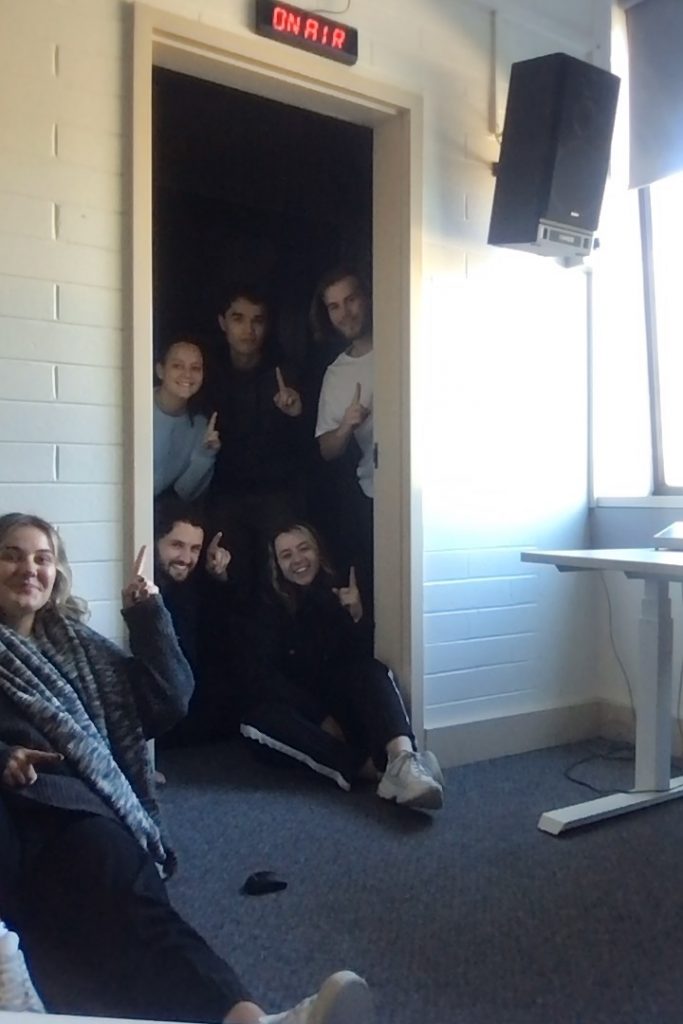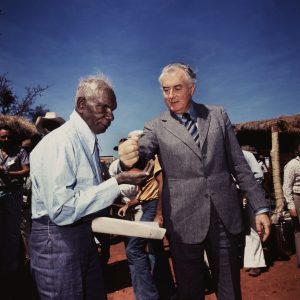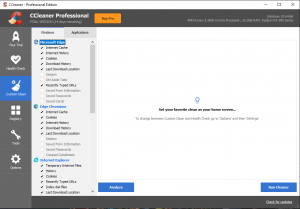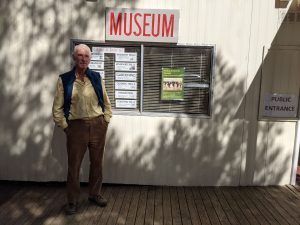The Golden Era of Journalism
Wanting a career in journalism? The National Archives of Australia is promising to take you back to a time when the hair was much bigger, the questions were bolder and families organised their lives around TV programs such as Four Corners and Play School. Why, you ask is this relevant to my career in the industry? Well, why not?
Tuning In: ABC TV 1964-76 offers 13 hours of ABC footage from their early days including television programs such as Weekend Magazine (1956-85), This Day Tonight (1967-78) and Australia’s longest investigative/current affairs program Four Corners (1961-present).
Four Corners hasn’t changed much over its 55-year career. It began with only six staff, and a budget of £480, which calculates to $110 per week. These days, this wouldn’t even get you five minutes on air. The program made its debut on Saturday the 19th of August in 1961 and it would forever change Australian investigative journalism. So what exactly made the program that night? The debut featured stories such as the anniversary of the Japanese surrender in 1945, a piece on the budget and an interview with American harmonica player, Larry Adler. Funnily enough, the majority of these stories featured would easily make it on to the program today.
The current exhibition retells stories of journalism in the early 1970s, it gave context of what life was like for these journalists. The 7pm ABC TV news bulletin was part of the daily routine for many Australians, and I found it quite funny that in 1971, Queenslanders were struggling to adjust their meal times to fit in with the bulletin and so, Queensland Labor Senator, James (Jim) Keeffe made comment that the ABC should, “Put it’s seven o’clock evening news broadcast back an hour while daylight saving lasts”.
Through images and video footage, walking through the exhibition allows you to get a feeling of just how hard these journalists worked. Programs such as Four Corners and This Day Tonight constructed the format of current affairs programs we see today. It also launched the careers of many successful journalists such as Michael Charlton (presented the very first Four Corners program), James Dibble (presented the very first ABC TV news bulletin), Robert (Bob) Moore and Caroline Jones (first female to anchor Four Corners).
These journalists weren’t afraid to get down to the gritty nitty stuff. They set the agenda, and didn’t let any politician take over the interview. They covered topical and touchy subjects, such as Nazis in Australia and women opposing their right to drink in public bars with no hesitation. Journalism was just that. There was nothing fancy about it. They provided critical discourse on political, social and environmental issues that impacted Australia during a time of great change.
The free exhibition is on now at the National Archives of Australia until 15 May 2016.
By Ali Gillett.





Be the first to comment!